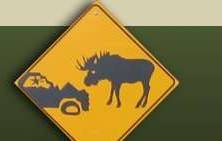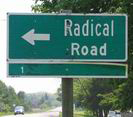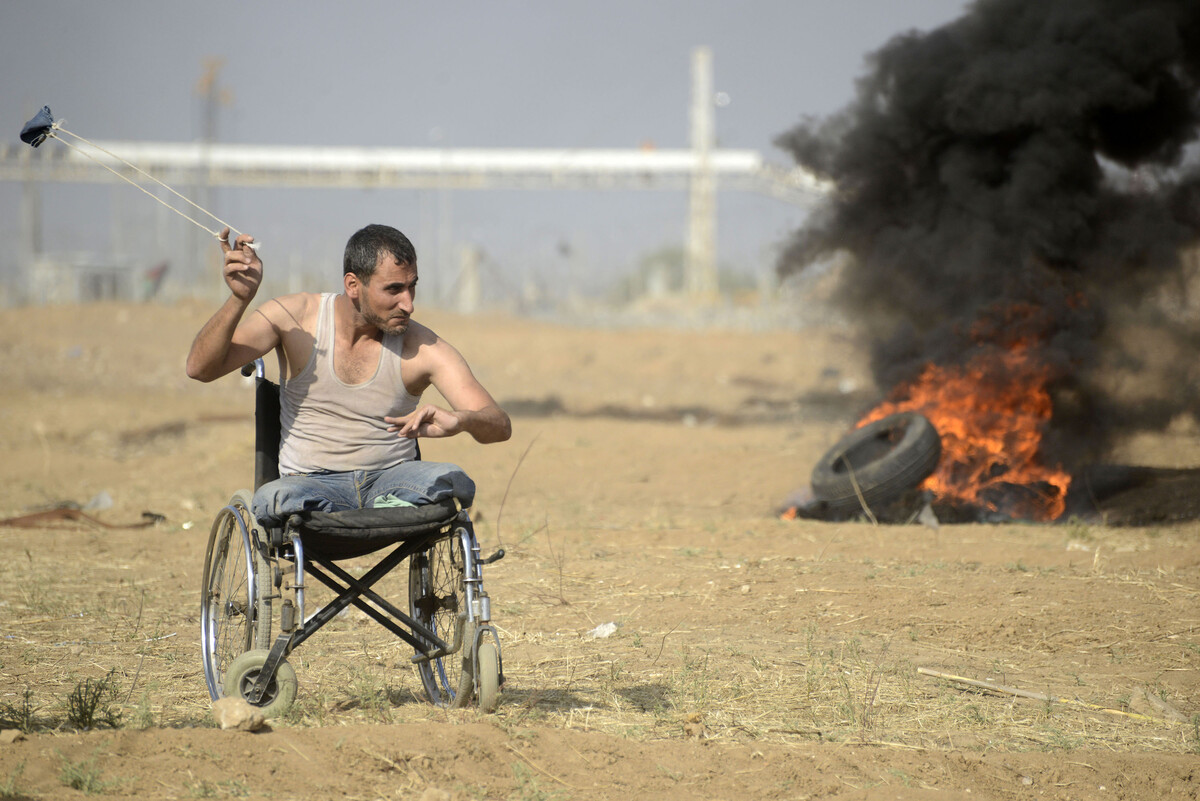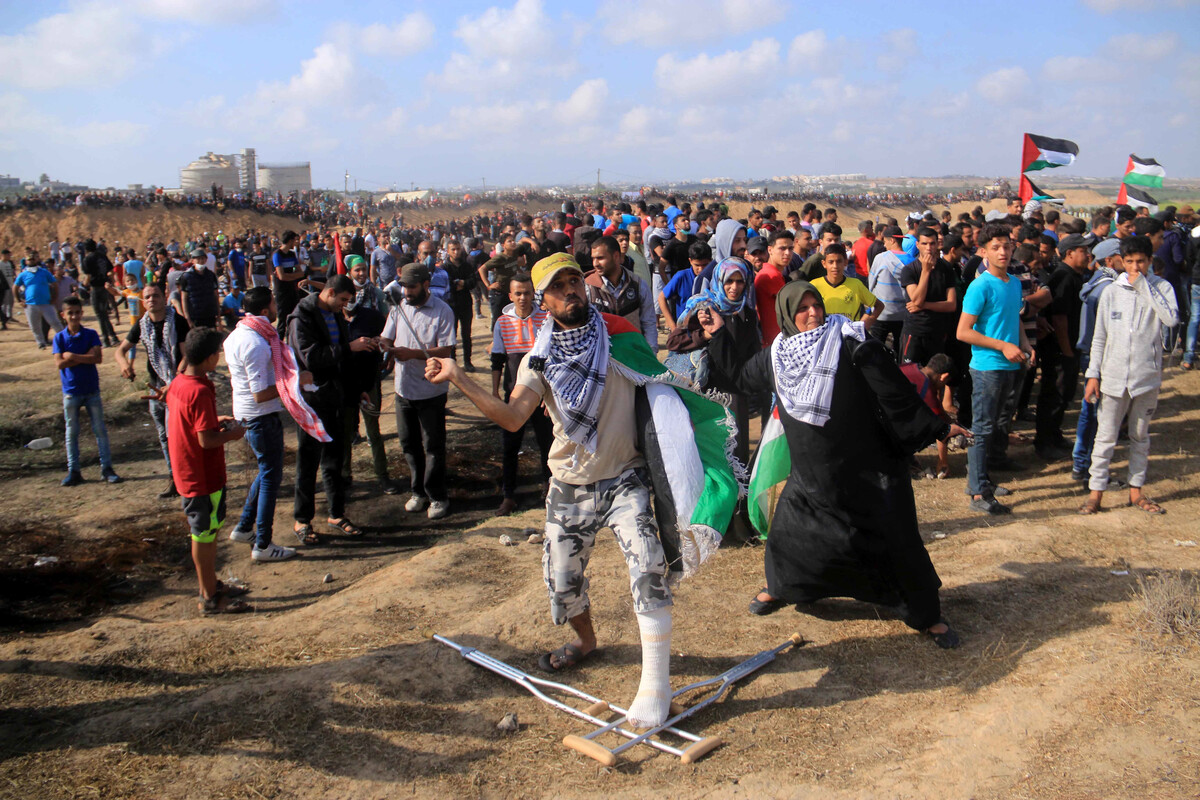
Ulli Diemer — Radical Digressions
Articles Lists
- Selected Articles
- Articles in English
- Articles in French
- Articles in Spanish
- Articles in German
- Articles in Other Languages
- Articles A-Z
- RSS feed
- Subject Index
Selected Topics
- Alternative Media
- Anarchism
- Bullshit
- Capital Punishment
- Censorship
- Chess
- Civil Liberties
- Collective Memory
- Community Organizing
- Consensus Decision-making
- Democratization
- Double Standards
- Drinking Water
- Free Speech
- Guilt
- Health Care
- History
- Identity Politics
- Interviews & Conversations
- Israel/Palestine
- Libertarian Socialism
- Marxism
- Men’s Issues
- Moments
- Monogamy
- Nature
- Neo-Liberalism
- New Democratic Party (NDP)
- Obituaries & Tributes
- Political Humour/Satire
- Public Safety
- Safe Spaces
- Self-Determination
- Socialism
- Spam
- Revolution
- Trotskyism
Blogs & Notes
- Latest Post
- Notebook 11
- Notebook 10
- Notebook 9
- Notebook 8
- Notebook 7
- Notebook 6
- Notebook 5
- Notebook 4
- Notebook 3
- Notebook 2
- Notebook 1
- Scrapbook
Compilations & Resources
- Connexions
- Other Voices newsletter
- Seeds of Fire
- Alternative Media List
- Manifestos & Visions
- Marxism page
- Socialism page
- Organizing Resources
- People’s History, Memory, Archives
- Connexions Quotations page
- Sources
- What I’ve been reading
- What I’ve been watching
Words of Wisdom
- Revolution is necessary not only because the ruling class cannot be overthrown any other way, but also because the class overthrowing it can only in a revolution succeed in ridding itself of all the muck of ages and become fitted to found society anew.
- – Karl Marx & Friedrich Engels

Massacres and Morality
By Ulli Diemer
As long as there have been states and armies, there have been massacres. In previous centuries, these were openly acknowledged for what they were: acts of terrorism against those who resisted their rulers or their conquerors, or those who seemed likely to resist in the future. Terrorism was understood by all to be what a state did to keep subjugated populations in line, at home or abroad.
In the modern era, however, rulers of the major colonial powers were confronted by working class struggles in their own countries, including struggles for democracy, at the same time as they were faced with the need to put down the resistance of colonized peoples against their colonizers.
Democracy, even in its limited parliamentary form, was seen as a terrible threat. The British ruling class never forgot that Parliament had tried and executed the king, Charles I, in 1649. The French never forgot that the Revolution had beheaded Louis XI in 1793.
In this new and dangerous world, shaping public opinion became increasingly important for those in power. If the people were going to be allowed to vote, then they had to be made to believe in the legitimacy of the existing social system, and ideology and propaganda are more effective tools for doing this than naked force. In the context of colonialism, the public at home, and the officials and soldiers who imposed their rule on the colonies, needed to be told that what they were doing, no matter how brutal, was done in the interests of defending Western values and Western civilization. In the colonies themselves, it was desirable to persuade the elites, at least, that they too would benefit from colonial rule, which, after all, was bringing them the benefits of Western civilization.
The problem with propaganda, however, is that it is often starkly at odds with reality. When people don’t buy into the lies they have been told, they can become dangerous.
And so, all too often, it seems that defending civilization requires massacres.
The model for modern massacres could well be the suppression of the Paris Commune in 1871, when some 15,000 people were slaughtered by the French army in the streets of Paris, causing the politician who ordered the massacre to proclaim “The victory of order, justice, and civilization is at last won!”
The important work of maintaining order, justice, and civilization was also high in the minds of the British authorities in India on that day in April 1919 when residents of Amritsar gathered in the Jallianwalla Bagh, a public garden (park) surrounded by walls, for a meeting to protest recent acts of repression by the British colonial authorities. The British military commander, Col. Reginald Dyer, brought his troops to the Jallianwalla Bagh, had them seal off all the entrances, and then ordered them to fire into the crowd. Shooting continued for ten minutes, until soldiers had run out of ammunition. When they were done, about 1,500 people lay dead, and many more were wounded. Dyer stated later that his intention had been to strike terror into the population to teach them not to resist British rule. In fact, it had the opposite effect: the massacre became an important catalyst of the Indian independence movement.
South Africa’s apartheid state confronted a similar gathering in Sharpeville in 1960, when residents defying the law requiring them to carry passbooks at all times came to the local police station, without their passbooks, in an act of civil disobedience, to offer themselves up for arrest. The police responded by firing into the crowd, killing 69 people, 10 of them children, and injuring 180 others. Sharpeville marked a turning point in South Africa’s history: it galvanized the anti-apartheid movement within the country and internationally. The date of the massacre, March 21, is now commemorated as the International Day for the Elimination of Racial Discrimination.
The record of massacres by the defenders of order, justice, and civilization is endless, and many of them have entered our collective memories: Nanjing in 1937, May Lai in 1968, Soweto in 1976, Tiananmen Square in 1989....
And Gaza.
The horror that is Gaza began in 1948-9, when a quarter of a million Palestinians fled, or were driven from their villages by the forces of the newly formed Israeli state. The villages they left behind were quickly levelled and taken over by Jewish settlers. In Gaza, the pain of expulsion was if anything more severe, because many of the refugees in the camps could actually see their land across the dividing line, and watch as the settlers took it over.
Israel has kept Gaza under a state of siege since 2006. It has cut off, or placed severe restrictions on, fuel, medicine, food, building materials and other essential supplies, including equipment needed to keep water and sewage systems working. Gaza is essentially a giant prison, a ghetto, one of the most densely populated places on earth. The United Nations has forecast that the infrastructure to keep people alive is facing complete collapse by 2020.
Israeli leaders have repeatedly said that they want to make conditions so bad that the people will be forced to leave. The cruelty and cynicism of this collective punishment (illegal under international law, for what that is worth) is all the more apparent when one considers the simple fact that the people in Gaza cannot leave. There is nowhere for them to go.
Except for this: there is somewhere for them to go – the lands they were driven from. And in fact international law states unequivocally that refugees must have the right to return to their place of origin. The problem is that the states which form the so-called “international community” have no intention of requiring Israel to comply with international law.
But this reality – the fact that increasingly desperate people are living in refugee camps that are in many cases within walking distance of the land they were driven from – does a great deal to explain the extraordinary courage with which the unarmed Palestinians of Gaza have faced the heavily armed Israeli soldiers who are shooting at them from raised positions several hundred yards away behind a massive fence. Much of the world seems to have missed the significance, but it is essential to remember that the actions they have been taking are called “The Great March of Return.” The Palestinians are saying that they will never give up their right to return to their lands.
The massacres the world has been witnessing are Israel’s ruthless response to the people it has victimized. More than 120 Palestinians dead, more than 12,000 wounded. No deaths or injuries among the Israeli snipers who have been doing the killing. And still Israel’s propaganda – parroted by much of the ‘mainstream’ media in the West – tells us that Israel is acting in self-defense.
Nor is there any question that perhaps some of the deaths and injuries were unintended. The Israeli Defence Force (IDF) itself told us that “Nothing was carried out uncontrolled; everything was accurate and measured, and we know where every bullet landed.” This is no idle boast. Israel has developed the world’s most advanced systems for surveillance, targeting, and killing. They do know exactly where every bullet lands. Nothing they do is unintentional. This was demonstrated again quite clearly on the day, May 19, when the Canadian doctor, Tarek Loubani, was shot by an IDF sniper. As Loubani points out, during the previous six weeks, not a single medic – all of whom wear uniforms clearly identifying them as medics, and who stand apart from the main protests – was shot. Then, on May 14, on one day, the IDF shot 19 medics. Can anyone doubt that this was intentional, that “Nothing was carried out uncontrolled; everything was accurate and measured, and we know where every bullet landed?”
Another thing the IDF has told us is that some of the Palestinian protesters have been throwing stones in the direction of the fence. People several hundred meters away, throwing stones!
Once upon a time, so the story goes, another brave individual in this land confronted a powerful hostile army with nothing but stones in his hand. He too faced daunting odds, but, in the end, it was David who prevailed against Goliath and his army.
But of course, that was different, because David was an Israelite, and therefore a hero, whereas Palestinians are – Palestinians, and therefore not fully human, let alone heroes.

The extreme and widespread racist prejudice against Palestinians is at the root of much of the indifference or hostility that Palestinians and their allies have to fight against in their efforts to win sympathy and support for their cause. People who claim to have the highest moral principles immediately forget those moral principles when Palestinians are involved.
Indeed, one of the easiest ways to test whether so-called moral principles are really moral principles is to replace the word ‘Palestinian’ with ‘Jew’ in describing a situation or event. Suppose, for example, that 1.75 million Jews were imprisoned in a ghetto for decades under ever-worsening conditions. Suppose that the occupying power that was imprisoning them systematically destroyed their homes, denied them access to clean water and medicines, and shot them down whenever they gathered to protest. Can we imagine the ‘world community’ standing by and supporting the occupier?
In fact, there is a historical parallel to the situation in Gaza. In 1943, the residents of the Warsaw Ghetto rose up against the occupying power, using not merely stones, but guns and grenades. Do we condemn them for resorting to violence under the circumstances they found themselves in? Or do we admire their courage?
And how do we judge the soldiers who put down that uprising, and the commanders who gave them their orders? What distinguishes those solders, morally speaking, from the IDF snipers who shoot unarmed protestors, and then are caught on camera cheering their kills? And how do we judge the civilian population of Israel, many of whom openly support and cheer their soldiers as they go about their work of killing Palestinians? And what can we say about the political leaders of other countries, Canada say, who sit down and smile and make deals with officials of the Israeli government at the very moment that the killing is going on?
Consider these questions. In this issue of Other Voices, we have tried to bring you some voices – and pictures – of Palestinians, in Gaza especially. Consider their courage, listen to their voices, and consider what you can do to help them.
See the June 10 2018 issue of Other Voices here. Sign up to receive Other Voices by email here

Related:
Questions about Israel’s attack on Gaza (July 2014)
Tactics of desperation: Using false accusations of ‘anti-Semitism’ as a weapon to silence criticism of Israel’s behaviour (December 27, 2009)
Small countries, big crimes (January 10, 2009)
Free Speech and Acceptable Truths (April 1, 2008)
Israel/Palestine: Resources for peace, justice, and human rights
Keywords: Massacres – Morality – Gaza – Complicity – Crimes Against Humanity – Israel – Israeli Military – Israeli War Crimes – Military Violence Against Civilians – Nakba – Palestine – Palestinian Refugees – Palestinians – Snipers – Soldiers